
Construction sites
The practices of constructing roads to connect people, bridges to span waterways, and remarkable buildings enabling women and men to remember their symbol, are several millennia old. The art of engineering lies in reasoned and reproducible construction.
Paul Séjourné wrote in the Annales des ponts et chaussées in 1931: “Two thousand years ago we built vaults and 50 years ago we calculated them”.
Engineers are the discreet and unknown authors of most of the supply networks responsible for the fluidity of traffic. Their moment of glory, even though anonymity persists, lies with road structures, aptly named “ouvrage d’art” in French. The history of the School is marked by major construction projects that shaped the infrastructure of France.
Stone, concrete or metal: the art of the bridge
The art of the Bridge is the work of Jean-Rodolphe Perronet who, at the age of 55, designed his first stone bridge with very narrow piers in Neuilly in 1772. This was followed by the Pont-Sainte-Maxence in 1784, with its very low arches, and especially the Louis XVI bridge (Pont de la Concorde) in 1791, resting on very thin piers in discontinuous structure and very low arched vaults.
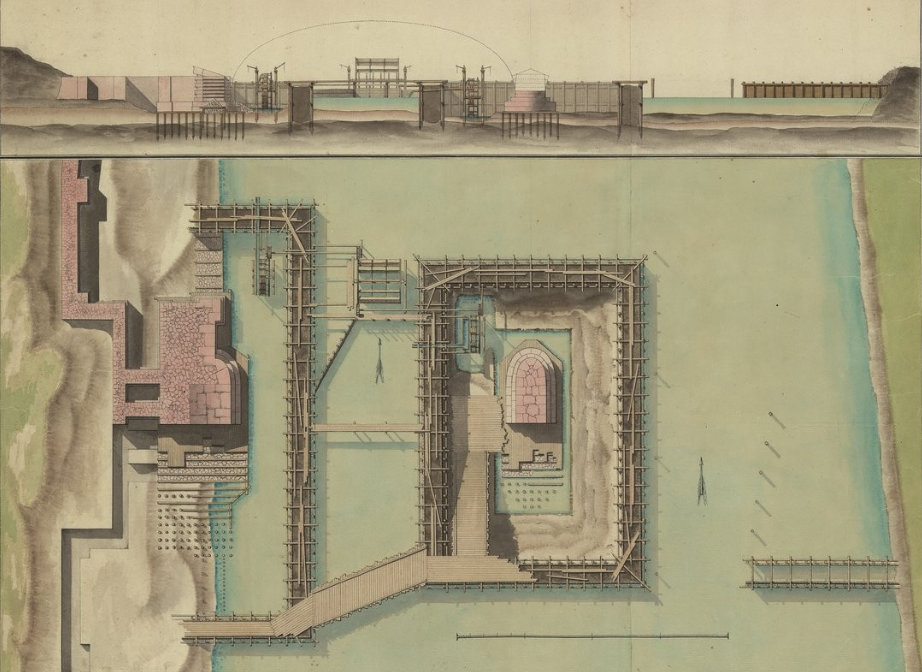
In 1806, the first metal structure built in France was the Louvre footbridge, now the Pont des Arts, linking the Establishment to the Louvre. Its builder, Louis-Alexandre de Cessart, designed this project at the respectable age of 82. It was quite futuristic at the time. As far as metal bridges are concerned, Jean Résal is considered to be the greatest designer, at the end of the 19th century (Pont Mirabeau, Pont Alexandre III, Pont de Bercy).
The metal bridge quickly progressed to the suspension bridge, like the one in Saint-André-de-Cubzac by Jean Marie de Silguy in 1839, initiated by Claude Louis Navier in 1826, whose suspension bridge at Les Invalides was never completed, due to a crack in the deck.
Between 1830 and 1850, no less than 400 suspension bridges were built in France. But in 1850, disaster struck: the suspension bridge of the Basse-Chaîne in Angers broke, under the combined effects of the weight of a troop of infantry marching at a walking pace, violent winds and the oxidation of the anchoring cables. 260 men were killed. From then on, suspension bridges were abandoned in favor of metal bridges.

But the real revival of engineering works came from concrete, in its various forms: simple concrete (Vicat 1818), agglomerated (Coignet 1852), reinforced (Monier 1867 or Hennebique 1879), fretted (Considère 1901), prestressed (Freyssinet 1928), gridded (Lambot 1848), Portland (Aspdin 1825) and even hydraulic cement, the practice of which was lost for several centuries before being "rediscovered" in the 19th century.
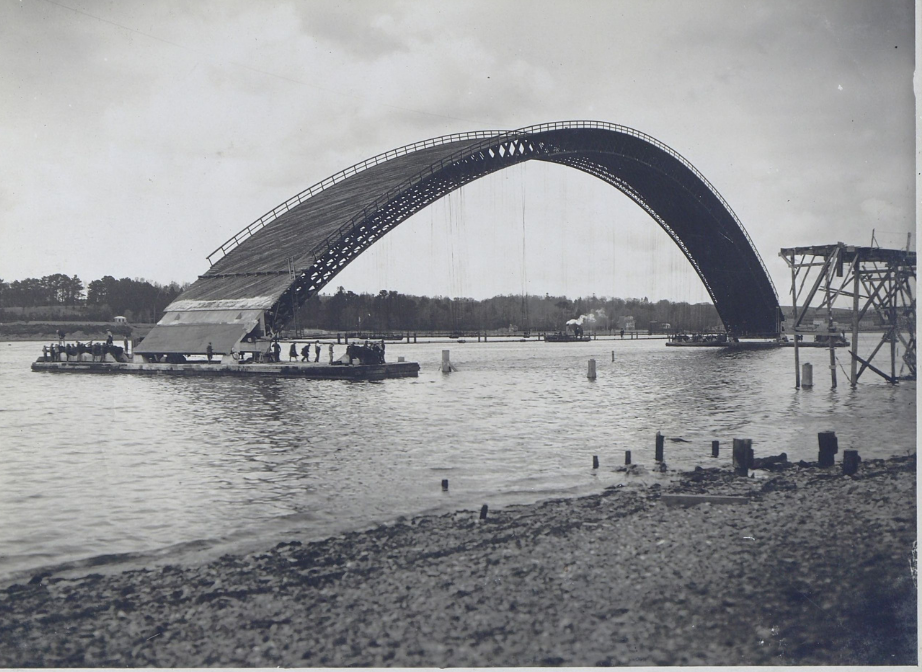
Taming the waters, the other task of engineers
At the end of the 18th century, Ponts engineers became concerned with inland navigation issues. The regulation of rivers, then very quickly, the construction of canals, was entrusted to them, in view of developing infrastructure and facilitating exchanges, trade, and the development of agriculture.
The Ponts et chaussées engineers also began works to develop the commercial ports. In Cherbourg, the creation of an artificial harbor and an embankment to protect it constituted an important port development at the end of the 18th century. For the embankment, Louis Alexandre de Cessart imagined immersing huge wooden cones weighted with stones, measuring 50 meters in diameter at their base, 20 m in diameter at the top, for a height ranging from 20 to 24 m, with the idea of forming a 4 km embankment. Between 1784 and 1788, 18 cones were set up. The project was abandoned, the tides and storms sweeping the Cotentin peninsula were too strong.
Cessart was also responsible for the first Dieppe embankment project and for the creation of an enclosing breakwall allowing the construction of the embankment while being protected from the elements, storms and tides. The project did not come to fruition, but the design of the enclosing breakwall remains a major engineering and design element, whose memory lives on in the school's logo.
Other spectacular structures include the Vanne aqueduct (1866 to 1874), and the Fontinettes boat lift (1881 to 1887).
The first, built on the remains of its predecessor of the 12th century and the Roman aqueduct of Lutetia, transports water from the region of Sens (Yonne) to the reservoir of l'Haÿ-les-Roses, over 156 km. Numerous engineering structures are dotted along its course, including the emblematic bridge-aqueduct of 77 arches rising to a height of 38 meters, over 2 km.
The Fontinettes boat lift was designed to double a lock on the Neufossé canal, near Saint-Omer, and thus allow more boats to cross a drop of more than 13 m. It consisted of two metal chambers in which boats up to 38 m in length and carrying up to 300 barrels floated. Each of the chambers was supported by a huge hydraulic piston and the two locks rose alternately to lead the barges upstream or downstream, forming a hydraulic balance.
Urbanization and large buildings
In order to give Paris the scope of a real capital, Napoleon III entrusted its transformation to Prefect Haussmann in 1853. Haussmann relied on Ponts et chaussées engineers to undertake the vast projects that marked out this urban revolution. They created both underground and above-ground structures that are still in use today, allowing Paris to develop and giving it the appearance it still has today.
The underground works of Paris: Eugène Belgrand (1872-1887)
The first challenge: to find and transport water to supply Paris, and to clean up what was a dirty and polluted city. In 1854, Eugène Belgrand was appointed to the management of the Paris water department and then to the management of the water and sewerage system of the City of Paris. He carried out his underground works there, including the 600 km network of sewers that emptied into the large Asnières collector sewer. Without these underground works, Haussmann's projects would probably never have surfaced.
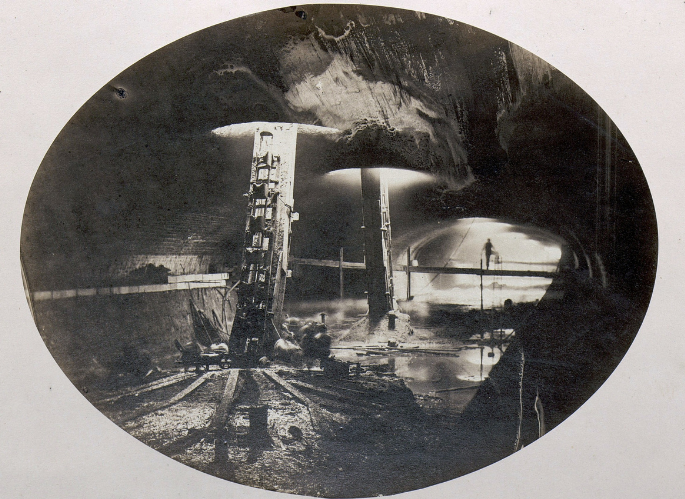
Belgrand was also responsible for the distribution of water to all floors of the capital's buildings. Thanks to a thorough study of the terrain, springs and the classification of the rivers that could be diverted, Belgrand developed a network of aqueducts and managed to bring clear, fresh water to the reservoirs, supplying a volume of 80,000 cubic meters per 24 hours.
Paris promenades: Adolphe Alphand (1854-1873)
Nicknamed "the gardener of Paris", Adolphe Alphand was entrusted by Haussmann with the beauty and embellishment of the city, bringing nature into the streets. Appointed head of the City's promenades and plantations department in 1853, and then director of public roads and promenades, Alphand spent 37 years designing the green spaces of Paris, including the Bois de Boulogne, the Bois de Vincennes, and the Champs-Elysées.
The public space designed by Alphand was conceived as a hierarchical and structuring system, with two woods (Boulogne and Vincennes), three large parks (Buttes-Chaumont, Monceau, Montsouris), 24 squares and numerous planted avenues. With nearly 90,000 trees lining the streets and carefully designed urban furniture, this network of unrivaled spatial and aesthetic quality showcased Paris.
Alphand was thus implementing the project approach that civil engineers had long applied to major territorial projects to the city: taking a global approach to the public space.
The railway and the metro
The railway network was first developed in France to serve the economy and industrialization in the 19th century, which needed energy. Thus, the first railway line was created under the impetus of Paulin Talabot, on January 1, 1828. It linked Saint-Étienne to Andrézieux, and its mission was to transport coal to the Loire and the Rhône. It was an industrial line, on which a few carriages were summarily fitted out for the transport of workers.
Opened on August 24, 1837, the Paris-Saint-Germain-en-Laye line was the first to be primarily intended for passenger transport; it marked the beginning of the major French networks that would leave from Paris. Talabot left in 1882 after having created the PLM (Paris-Lyon-Mediterranean) network, whose 11,000 km of lines linked the three main cities of France.
The creation of these railroads, which cross natural obstacles, was a technical feat that allowed engineers to demonstrate their skills, building large viaducts (Garabit, Viaur) and tunnels (Mont-Cenis).
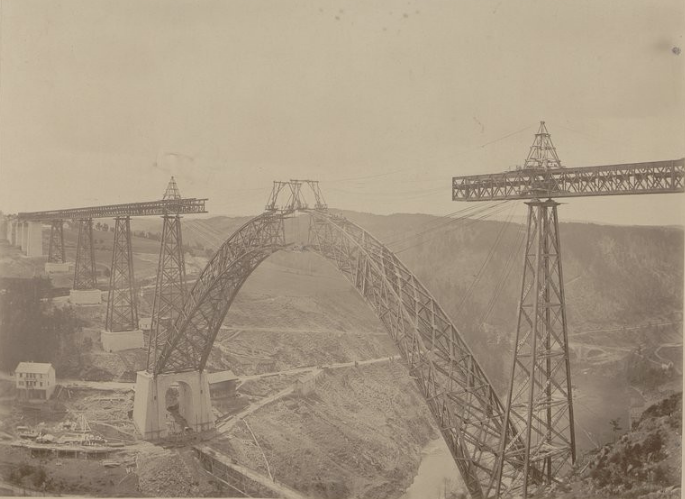
In Paris, it was not until 1895 that the decision was made to build the Metro. The project was entrusted to Fulgence Bienvenüe, who took on what would be the most emblematic construction project in Paris in the 20th century. The first line was inaugurated in 1900, a few days after the Paris Exposition and several months behind schedule.

For more than 30 years, Bienvenüe was in charge of the works on the new lines, and almost the entire network that still exists today. Only lines 11 (1935) and 14 (1998) were built after his retirement in 1932.

Large buildings
The success of the Ponts et chaussées engineers can be measured by the increasing number of building projects they were asked to undertake by the administration or by private individuals. Each in its own way and by its purpose, these works mark the history through their function and their scale. Among the most noteworthy are the Royaumont Abbey Palace by Louis Le Masson in 1785, the Héaux de Bréhat lighthouse by Léonce Reynaud in 1834, or Orly airport by Henri Vicariot in 1961.
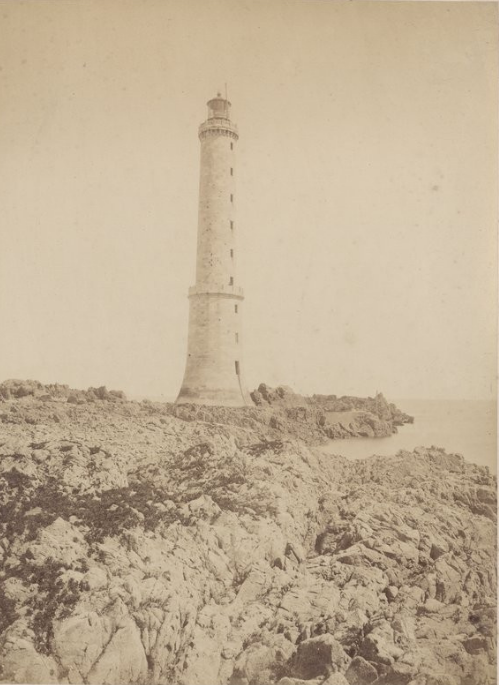
The art of covering can also be celebrated. Many large-scale projects took place in the 20th century: the Gennevilliers covered market, the Budapest market hall and the Algiers power station building are examples of the mastery that Ponts et chaussées engineers had acquired in dealing with the problems of covering large surfaces.
Eugène Freyssinet was the emblematic engineer of this field. In particular, he was responsible for the invention of pre-stressed concrete, increasing properties tenfold and allowing to support monumental loads. During his career, Freyssinet created architectural works that have stood the test of time and still illustrate his genius today, such as the Halle Freyssinet in Paris (which today houses the Station F incubator), the Halles Boulingrin in Reims, and the Saint Pius X basilica in Lourdes.
Memories of construction sites
A source of inspiration for all French civil engineering, the Ponts et chaussées engineers symbolized the excellence of French engineering in the 19th century. The Arc de Triomphe, the Opéra Garnier and the Eiffel Tower are examples of the great construction projects of the time, which were based on the innovations taught at the school.
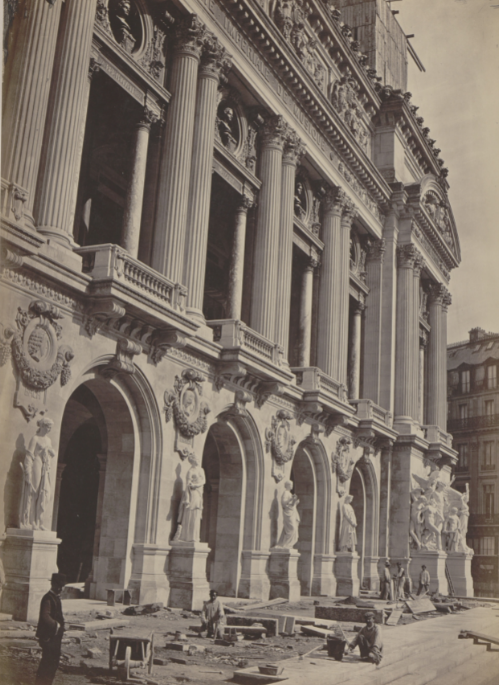
Great engineers and modern-day construction sites
In the twentieth century, the history of major works was still being written with Ponts et chaussées.
Paul Andreu is one of the architects of these modern monuments which have marked our times, by their dimensions, their aestheticism and their symbolism. A great builder of airports, he designed Roissy airport in the 1970s, as well as those of Abu Dhabi, Jakarta, Cairo, and Dar-Es-Salaam, about twenty in total.
Johan Otto Von Spreckelsen, designer of the Arche de la Défense, called on Andreu to manage the technical constraints of such a building. After his death in 1987, Paul Andreu took on the finalization of the project himself.
In 1996, the Viaduct project managed by Michel Virlogeux, linking the two limestone plateaus on either side of Millau, was selected to complete the construction of the A75 highway. After several years of studies, the project was launched in 2001. The construction of this monumental bridge, which took only three years, brought together a concentration of advanced technology in terms of the instruments and materials used.
When it was inaugurated in 2004, the monument held several records, including those for the highest column in the world and the longest metal deck. It is a technical feat, and an aesthetic success, with an ethereal look that fits perfectly into the landscape.
Another contemporary figure, Marc Mimram is responsible for numerous internationally recognized works, such as the Solferino footbridge in Paris (Équerre d'argent 1999), the Hassan II bridge in Rabat, Morocco (Aga Khan Award for Architecture in 2013), the extension of the Roland-Garros stadium or the new AgroParisTech INRA campus on the Saclay plateau, for which construction began in 2019. This new campus of approximately 65,000 m2 will bring together nearly 3,500 students, faculty members and employees at the start of the 2021 academic year.



